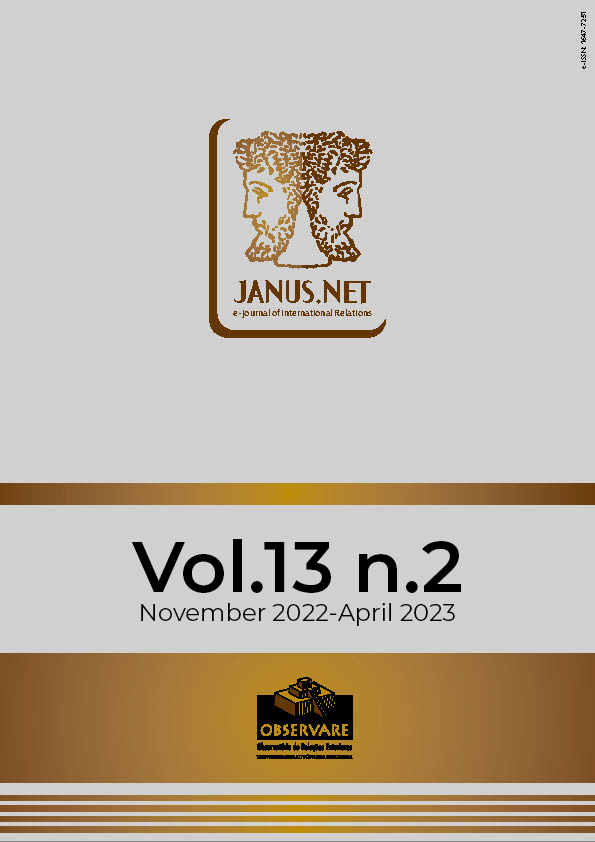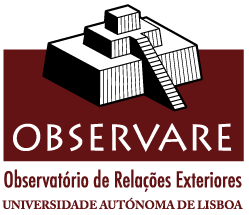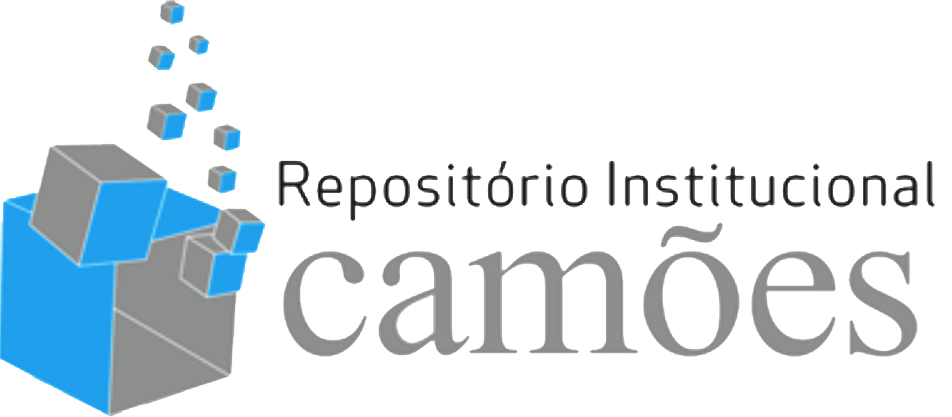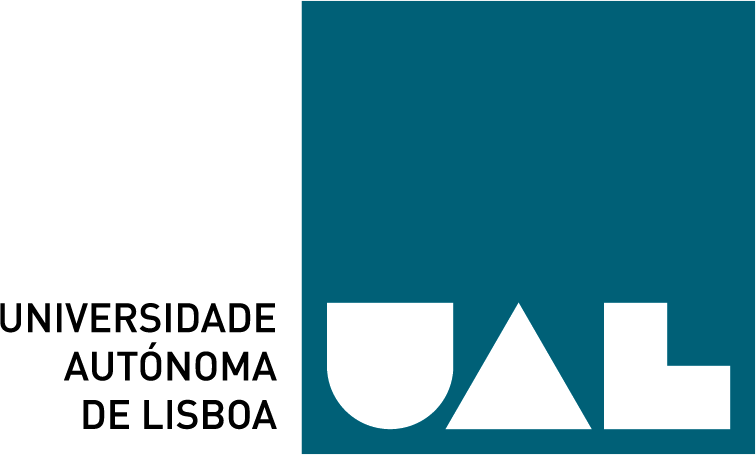The article examines the scale of involvement of Transnational Organized Criminal Groups
(TOCG) in committing acts of corruption, and their related criminal cooperation with
Transnational Corporations (TNCs)1
, as well as public relations in this sphere, in particular on
the example of Ukraine. It suggests a solution to the problem of transnational corruption
crime, in particular, applying the theory of social naturalism. The ultimate goal of the article
is to analyze the problem of transnational corruption as a “factor of social instability” and to
introduce this term into scientific circulation in this context. The article uses such methods of
scientific knowledge as induction and deduction, as well as philosophical and
phenomenological methods. According to research, the mafia now operates on the same scale
and as effectively as global corporate groups. Corporations can be compared with the
governments of states in terms of their influence on the economy of the state and the adoption
of appropriate decisions. The authors state that the measures taken by individual states to
counter the pressure of powerful TNCs have not yet led to the achievement of these goals.
Financial and industrial elites, in turn, with the help of TOCG, try to impose their own order
on societies that are not yet ready due to differences in culture, history, laws, social order,
mentality, etc. It is emphasized in the article that the level of transnational organized crime
and corruption cannot yet be significantly reduced in local societies due to the fact that the
goals of elites and certain states simply do not coincide. Nowadays we can note a significant
number of symptoms, in particular – the existence of such a phenomenon as transnational
corruption, which indicates that we have a crisis of social order in the world. The corruption
used by the TNCs is a mandatory feature that allows, among other features, to distinguish
transnational organized crime from other types of criminal activity. We can note such a feature
of TOCG as a criminal symbiosis with TNCs, which is considered as a violation of public order
that leads to a corresponding regression. Progress in minimizing transnational corruption can
be achieved, in particular, with the help of social naturalism, through the application of the
postulates of which it is possible to counteract the current manifestations of willfulness and
illusions that exist today in all spheres of social life, including politics, economics, morality,
religion, science, art, law, etc. The study proves that in the modern world, against the background of progressive changes, namely the development of new information technologies, in the economy, etc., there have been formed some trends in transnational crime including corruption that continue to deepen further and the given corruption indicates
the phenomenon, which the authors define as a “factor of social instability”.
TRANSNATIONAL ORGANIZED CORRUPTION AS A FACTOR OF SOCIAL INSTABILITY
Doctor of Law, Professor,
Chief Researcher at the Interagency Research Center on Problems of Combating Organized Crime under the
National Security and Defense Council of Ukraine, Kyiv (Ukraine).
Doctor of Law, Professor, Chief of Department of Problems of Law, Criminology and Court System of V.M.
Koretskyi Institute of Researcher at the Interagency Research State and Law of tne National Academy of
Sciences of Ukraine, Kyiv (Ukraine).
Ph.D. in Law, Associate Professor. Chief Researcher at the Interagency Research Center on Problems of
Combating Organized Crime under the National Security and Defense Council of Ukraine, Kyiv (Ukraine).
Ph.D. in Law, Associate Professor of Criminal Law and
Procedure Department, Faculty of Law, National Aviation University, Kyiv (Ukraine)
Resumo
Palavras-chave
Como citar este artigo
Busol, Olena Yu.; Kostenko, Oleksandr M.; Gutsalyuk, Mykhaylo V.; Klymenko, Olga A.
(2022). Transnational organized corruption as a factor of social instability. Janus.net, ejournal of international relations, Vol13 N2, November 2022-April 2023. Consulted [online] in
date of last visit, https://doi.org/10.26619/1647-7251.13.2.7
Article received on 18 January, 2022 and accepted for publication on 29 September, 2022















